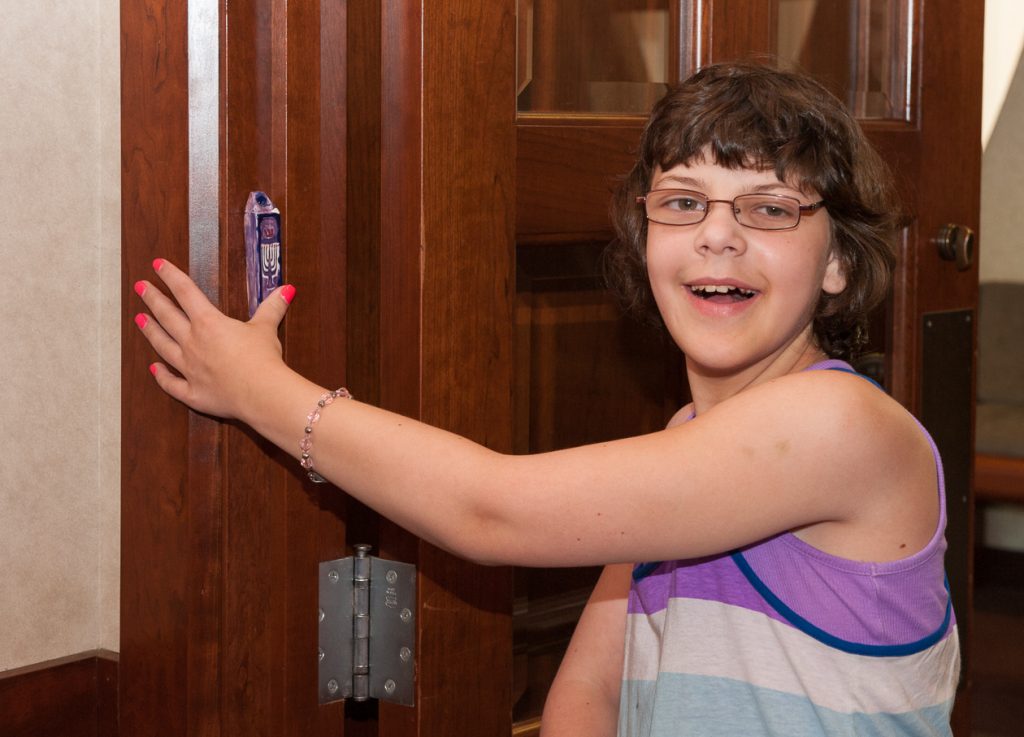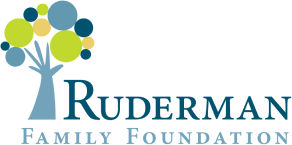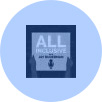
We Are Souls
I recently reconnected with a young woman who changed my life in a profound way, forever expanding my understanding of the meaning of kehilla (congregation) and what it means to be created in the image of God.
In 1992, while serving as the youth director for Congregation Beth Kodesh, just outside of Los Angeles, I met Dina Springer. Dina was a bright and determined teen with CP (cerebral palsy). As a result, even the most rudimentary motor tasks posed significant logistical challenges for her. Though always surrounded in synagogue by her supportive family – whose care for her was regarded as the most natural task in the world – it was impossible to miss the multiple obstacles that someone like Dina overcame just to be part of the kehilla on a Shabbat, holiday or special occasion.
For those of us who are able-bodied, one of the most important consciousness raising experiences is to encounter the innumerable challenges posed by the physical space of the synagogue by looking through the eyes of someone who has a disability. From the very act of sitting and standing, to ascending the bima (podium in center of synagogue), to praying out loud to holding a prayer book to making one’s voice heard, the multiple motor requirements are daunting to anyone who is limited in their mobility.
Add to the physical challenges the social barriers one must overcome as a teen – disabled or not — and you can begin to understand what Dina faced.
As a young rabbinical student, something about Dina touched and inspired me. Looking back, I think it was a combination of her determination, intelligence and preternatural wisdom and willingness to put herself out there. Though limited by her body, Dina so wanted to be a regular teenager; she so wished to be just one of the kids, heedless, happy, no different from the others.
Anyone who was a teenager can relate to this yearning.
Yet Dina was different and it was the undeniable aspect of her otherness that touched me deeply. I empathized deeply with her spunk and her willingness to risk. And I decided to do something to change the landscape in my small community of Congregation Beth Kodesh.
As youth director, I undertook the daunting task of dedicating the regional USY conference we were hosting that year to the concept of diversity, starting by introducing Dina to the 200-plus kids who would be assembling at our kehilla.
Though Dina and her family embraced this idea, there was no way of guaranteeing that it was sound, and I went into the convention hounded with uncertainty. Certainly, the concept was right, relevant, and central to Judaism’s notion of Klal Yisrael (the entire Jewish nation) but teens are a tricky audience. Their need to be accepted socially often trumps sensitivity. Personal insecurity often turns kids callous, not kind.
The dignity of a young woman was in my hands. What if my idea backfired and Dina felt ridiculed or diminished by the exposure? She was the lynchpin of our entire event. The convention planning was focused on her as an individual and also a representative of the world of the disabled.

Temple Beth Shalom in Livingston, NJ, which started a Shabbat L’Khulam service that supports the full inclusion of all people, regardless of abilities.
Danielle Sass is featured in the picture touching a kid-level mezuzah the temple affixed.
Many years have passed. Recently, I reached out to Dina. She is now Dina Springer Garcia. Married and the mother of a child, she and I communicated by Facebook and then phone about the personal impact of that USY convention, which was a mega-success – indeed, an important milestone in the life of Congregation Beth Kodesh. Dina recalled how proud she felt that together, we had helped so many of her peers – and the kehilla at large – to open their eyes.
Dina shared with me that prior to that convention she often felt invisible to her peers. The USY convention reversed that reality. The convention was not just successful on a programmatic level; it provided her with a voice. It proved a turning point in her life.
Empowered by the experience, Dina went on to teach people with disabilities how to advocate for themselves and now belongs to a kehilla where the obstacles that exist in most conventional synagogues are absent.
Dina’s advice to me was this: Education. Education. Education.
This prescription might sound simple but it involves thoughtful planning as well as persistent, up-close and personal work to raise the awareness that embracing people with different abilities and disabilities goes far beyond providing a ramp for wheelchair accessibility. It begins with hearing the individual stories of the struggles to stand side-by-side with other members of the community. It involves small matters that are often overlooked.
But perhaps first it begins with a radical gesture: the proactive gesture of synagogue leadership towards people like Dina, the commitment to include everyone along the spectrum of ability; it entails curiosity about their unique stories and situations; it is built upon the breaking of boundaries between those who are able and those who are differentiated so that our kehilla is strengthened by true diversity.
Choosing inclusivity as an ethic is not just a matter of accommodating the other. It is not just being nice or kind or doing the right thing.
Adopting inclusivity involves a radical reimagining of kehilla as the place where all of us define and redefine what it means to be created in the image of God.
Though we are just at the beginning of the Genesis narrative cycle, my mind moves forward to the book of Exodus to contemplate the character of Moses. Plagued by self-doubt, incredulous to find himself appointed by God as the leader of the Jewish People, Moses is described in the text as being “kvad peh u’kvad lashon,” literally, “heavy of mouth and heavy of tongue.”
Though many Midrashists muse about what Moses’ affliction was, the fact remains: Moses, chosen to meet God face to face, struggled with a form of disability, likely related to speech. Supported by his siblings, surrounded by family, given prophetic voice, he was able to rise to greatness.
I will never forget the example set by the Springer family, who brought their young daughter to synagogue regularly, who lifted her onto the bima, who removed obstacles with their own hands, who made sure she was a full member of the kehilla.
As United Synagogue goes forward in partnership with the Ruderman Family Foundation to make inclusivity the rule (as opposed to the exception) of every kehilla, I know that Dina is right: it all begins with education. And for the first lesson, I would choose this teaching from the “Yigdal” prayer, recited daily in the morning. Speaking of God, the poet says, “Ein lo d’mut ha-guf, v’eino guf – God does not have the image of a body, nor does God have a body.”
We are more than our bodies. That is one of the great teachings of the Torah when it says we are made in the image of God. And that is one of the great teachings of Jewish leaders like Dina Springer Garcia who inspire us to see each other as souls – eternal, connected, shining brightly.
About the author Rabbi Steven Wernick is CEO of the United Synagogue of Conservative Judaism.
Stay Included
To stay up to date on our most recent advocacy efforts, events and exciting developments, subscribe to our newsletter and blog!




















